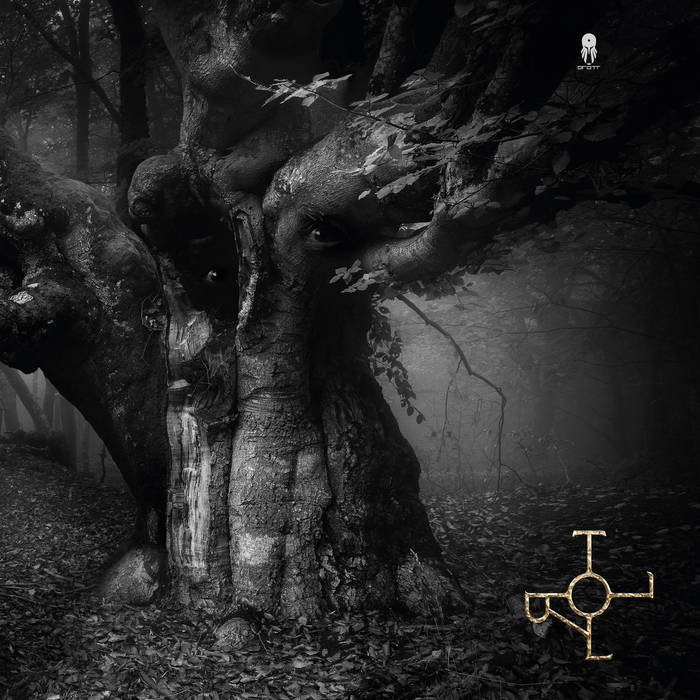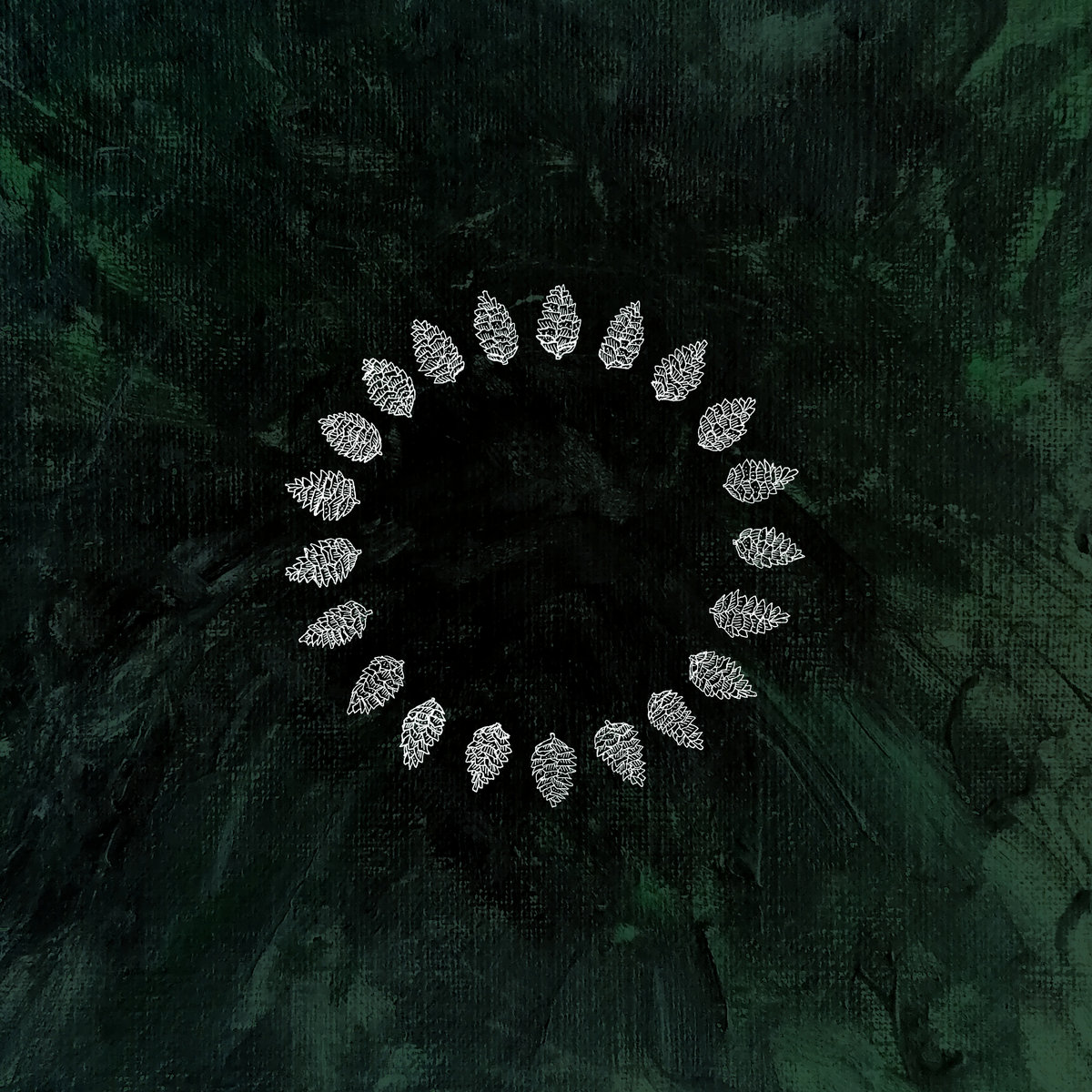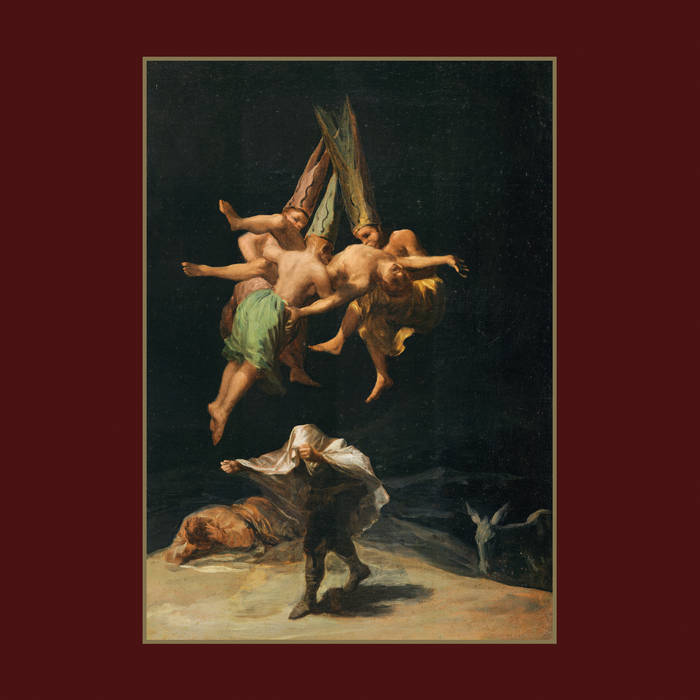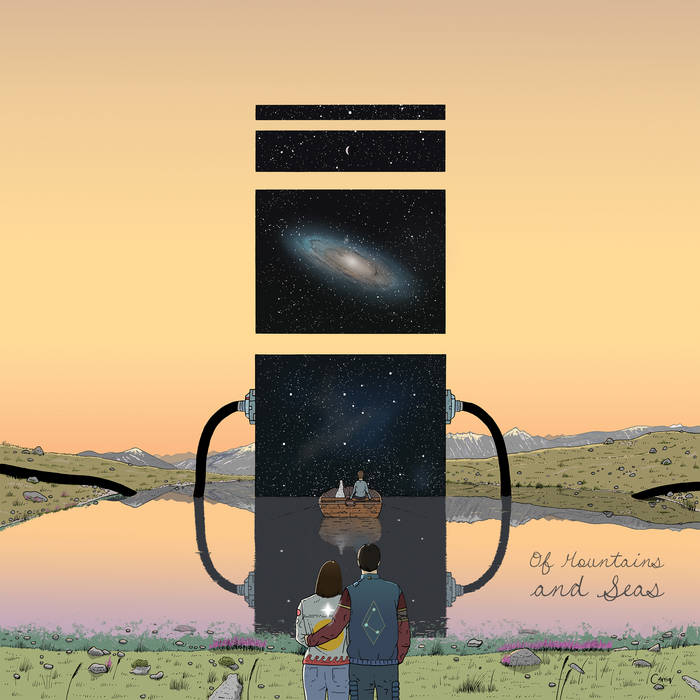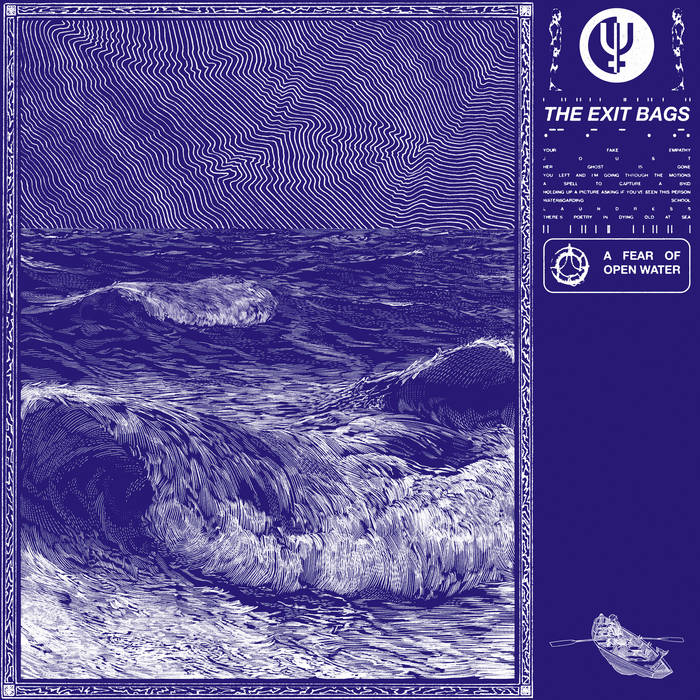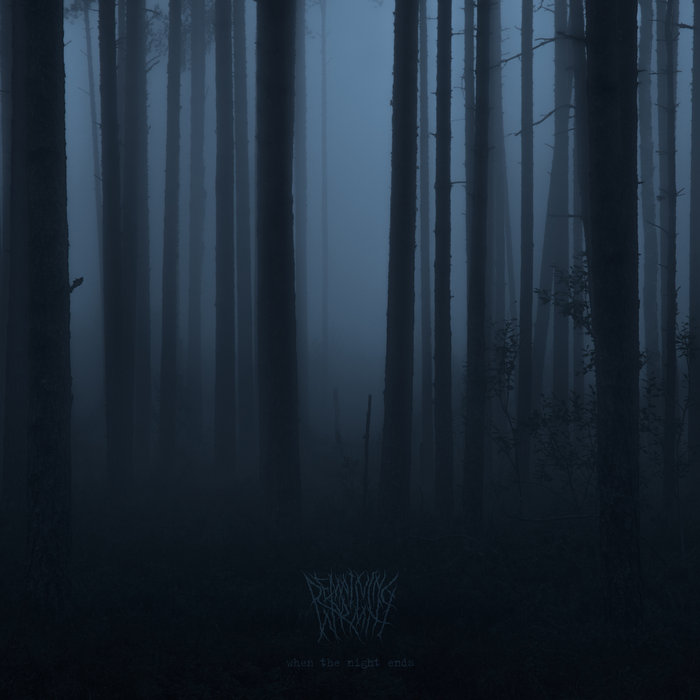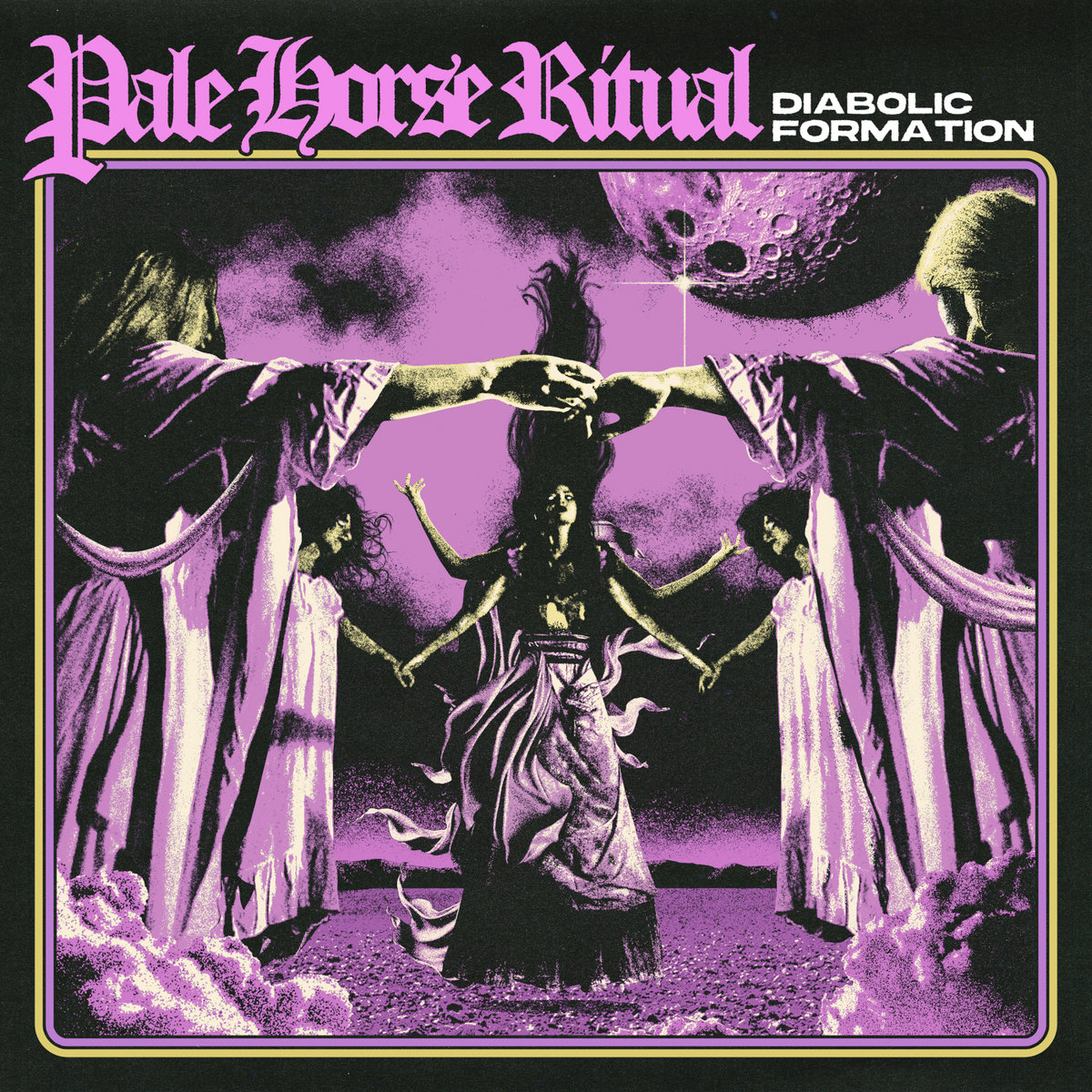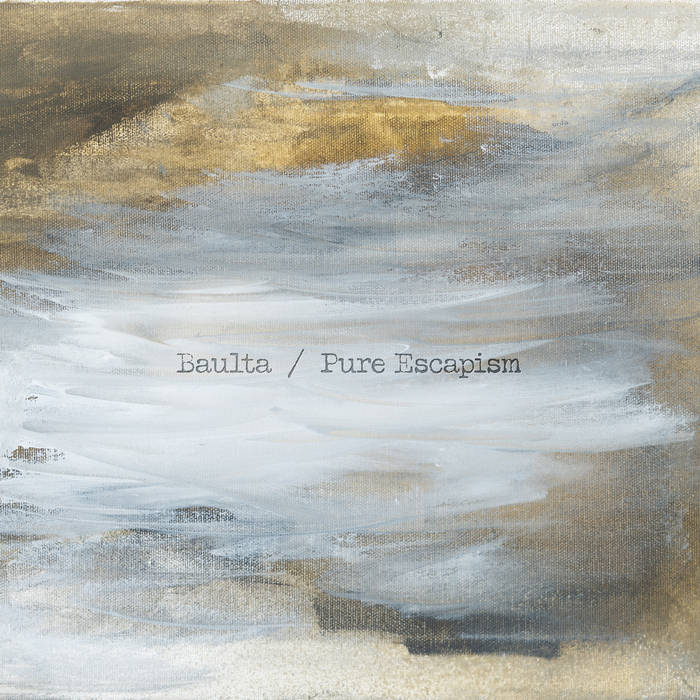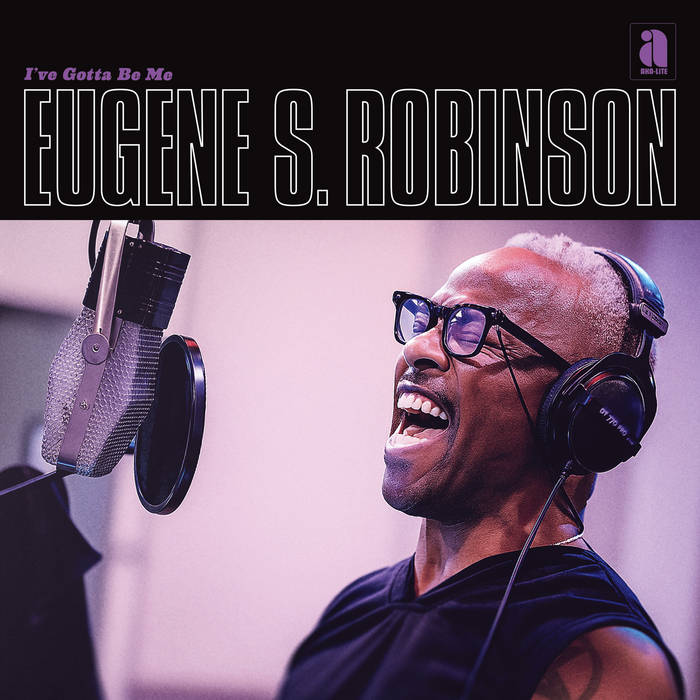This album is the atmospheric soundtrack to a film that has not yet been made.
If it was to be made it would be about the blurred dark secrets hidden in the Norwegian sagas, myths, legends and fairytales that have emerged from Norway´s harsh woods, mountainscapes and deep fjords. It is about those things you witness when you spend a night in the Norwegian nature, summer or winter, - the creatures in the shadows you glimpse, the faint noises you hear or the eerie light from a deep pond in a clearing in the dense forest.
Last time the Bergen based trio released an album, they sank into the underworld meeting the god Orcus, punisher of broken oaths. This time they disappear into the dense Norwegian woods where the trolls and similar beings from folk tales reside in the night. On this new album the music is more dissonant and darker than on the previous with suggestive atmospheric music often using the Devil´s tritone to conjure the magic that exists in pure and bare nature.
Drott is comprised of three imaginative musicians from well-known bands. The sounds that emerge from the guitars is handled by Arve Isdal known from Enslaved and Audrey Horne. The rhythm comes from the drums of Ivar Tormodsæter, well known from Ulver among others. The dark ambient and low-end melodies rise from the cello handled by the classical trained cellist Matias Monsen who has played with acts like Aurora and Madrugada.
The opener on the album is the powerful ”Troldhaugen”, which is also the name of classical composer Edvard Grieg’s home in Bergen. Often on this album, especially if you are Norwegian, you will find associations to traditional Norwegian folk tunes or classical works. Just like on the first one it opens with foreboding sound effects. In the distant a deep sound of something stamping closer and closer is heard, faster and faster until the melody starts. It is rhythmically hard and heavy with uneasy tones surrounding it with distant female vocalizing. It might be the mountain king that tramples out into the night. Trolls cannot be out at day, because, if the sunbeams hit them, they turn to stone. If it is a large troll, it turns into a mountain.
The cover of the album is a perfect illustration to the atmosphere the music evokes in you. You are not certain what you see in the dark shades of the shape on the cover. And it is the same with the intricate music and sound effects on this album, some are hidden and likely not to be discovered before having spun the record multiple times. Sometimes it is very melodic, built like a traditional folk song melody. The title track ”Troll” is a captive folk-inspired track. The track opens with a happy tune with an indistinct chorus in the background. The cello takes the joyful melody further and the drums drive the pace making subtle transitions in the rhythm while the melodic theme is moving forward with undulating steps. It is happily strutting forward until it meets a heavy dense guitar and some emerging grim murky sounds.
The folk tune atmosphere also makes the basis for the track ”Grotten” (“The Grotto”). It is played on low pitched clean strings of the guitar followed by cello and swelling sound effects dancing around the guitar. When they compose songs like these it is like they do as the great Norwegian neo-classical composer Harald Sæverud once said: “I make my own folk music.” And Drott has certainly done that on this album and a lot more to create music that can be interpreted as a night out in the harsh nature when the trolls and creatures come out to the feast.
An elongated raspy breath opens ”Våkenatt” (“Night Vigil”) followed by grumbling voices and whispers in the back as hard and fast drumming leads the song forward. A guitar repeats a dissonant melody with subtle shifts in tonality as a voice begins to sing indistinct with a vibrato in its timbre. As the guitar rises to high-pitched tones, the voice sounds tired. The melodic theme gets stronger as the track pushes forward and as the music turns into staccato rhythms the vocals let out harsh breaths and turns into harsh whispering. In the repetitive rhythm the guitar plays a melody resembling a folk tune until the staccato sonics are back with underlying heavy and dense sounds.
As with the night in the woods, it is not everything you grasp and understand at first. And it is the same with this music. It takes a few listens to grasp the multi-layered textures they have created, the depth within it. An example among many are the song ”Til Sten” (“To Stone”). They slowly build a dense, vast and dark, crashing crescendo more and more surrounding and supporting the core of the music with its repetitive sounds from the cello. The song ”Fornjots Born” (“Fjornot´s Children” - Fjornjót being a jötunn, and the father of Hlér (sea), Logi (fire) and Kári (wind)) opens with some chattering voices among vast dark sonics as the melody begins, reminiscent of the opening melody on the album. The track is trudging forward as the sound effects surround the rhythmic melodic pace, coming from all places until it collects and floats forward spreading out like mist over a dark pond as indistinct voices chatter in the background. The song has a wonderful transition and begins to sound like some marching trolls until the cello takes over and plays alone and fades away with a lot of echoes.
The album closes with a track aptly named ”Natt” (“Night”) that has a dark and foreboding opening with cello as the main instrument playing an elongated melody in a relaxed style while darker dissonant shadows linger behind. The melody of the cello turns into a nocturne fading away slowly as the night maybe shows streaks of sunlight.
If you are a listener like me, hungry for inventive new takes on music from imaginative musicians, you will be greatly satisfied with this album. After decades of listening to music from many genres, it is great to witness that not everything has been done yet, has not yet been conjured up. There are always new creative ways to compose for musicians like this trio here. I admire how Drott and their complex music have narrated the eeriest parts of Norwegian folklore without uttering one distinct word.

